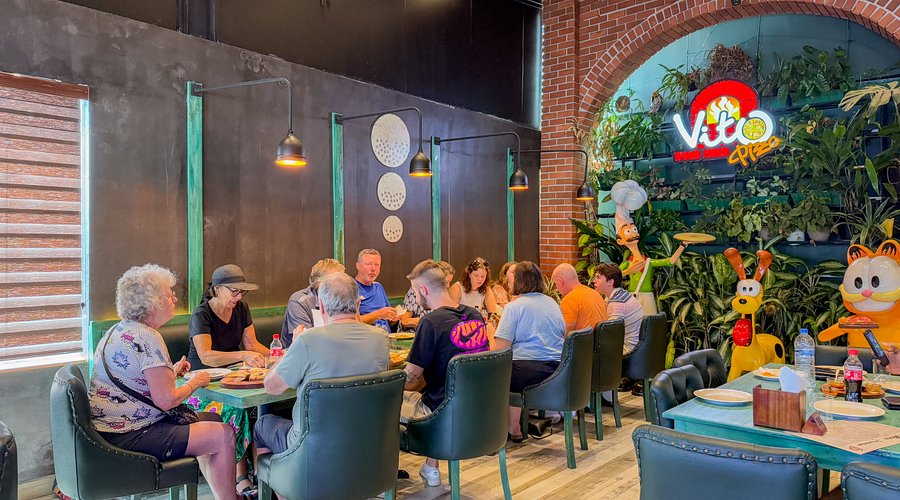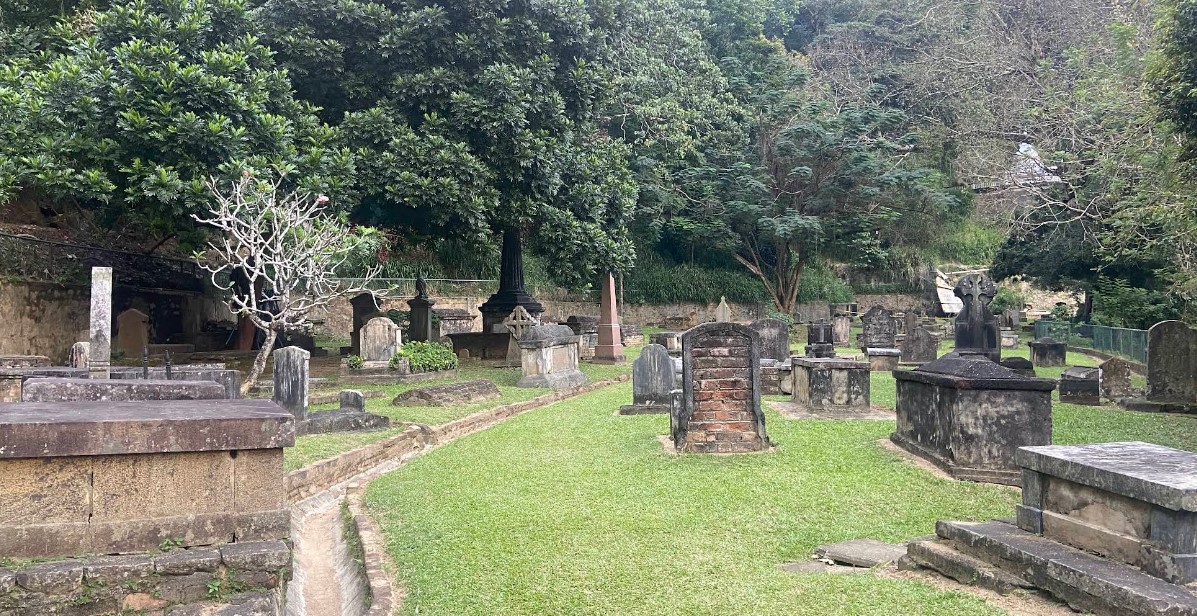Kandy Esala Perahera; Sri Lanka’s Grandest Cultural Procession
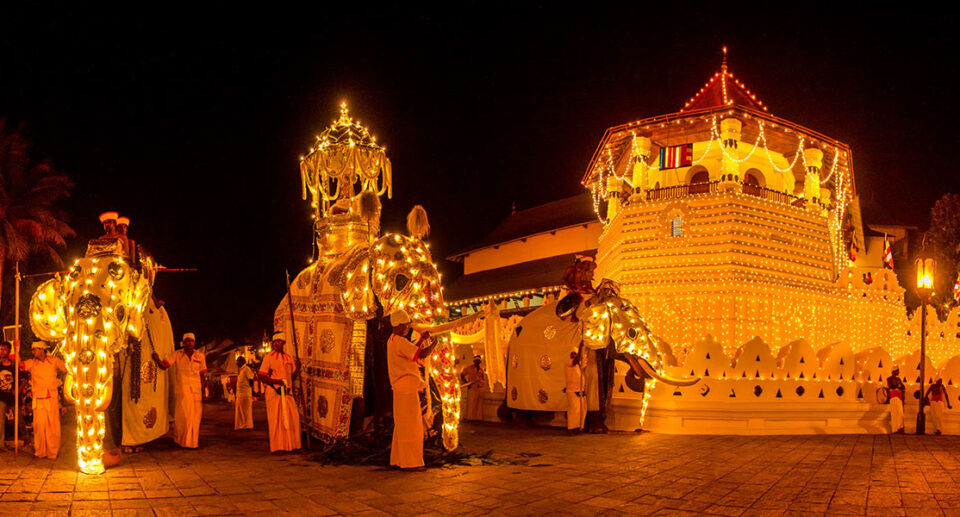
Deep within Sri Lanka’s hill country lies the city of Kandy, which is turned into a thumping stage of religious passion, drum-beat rhythm, and dazzling cultural extravaganza in the shape of the Esala Perahera every year. Also known as the Festival of the Tooth, this spectacle ranks among the world’s oldest and most dazzling Buddhist festivals in Asia. Held annually in July or August (the Esala month of the Sinhalese calendar), the festival commemorates the Sacred Tooth Relic of the Buddha, which is housed in the holy Sri Dalada Maligawa (Temple of the Tooth).
Esala Perahera is a unique blend of religion, history, tradition, and art, captivating Sri Lankans and international visitors alike with its profound symbolism, lavish processions, and spiritual significance.
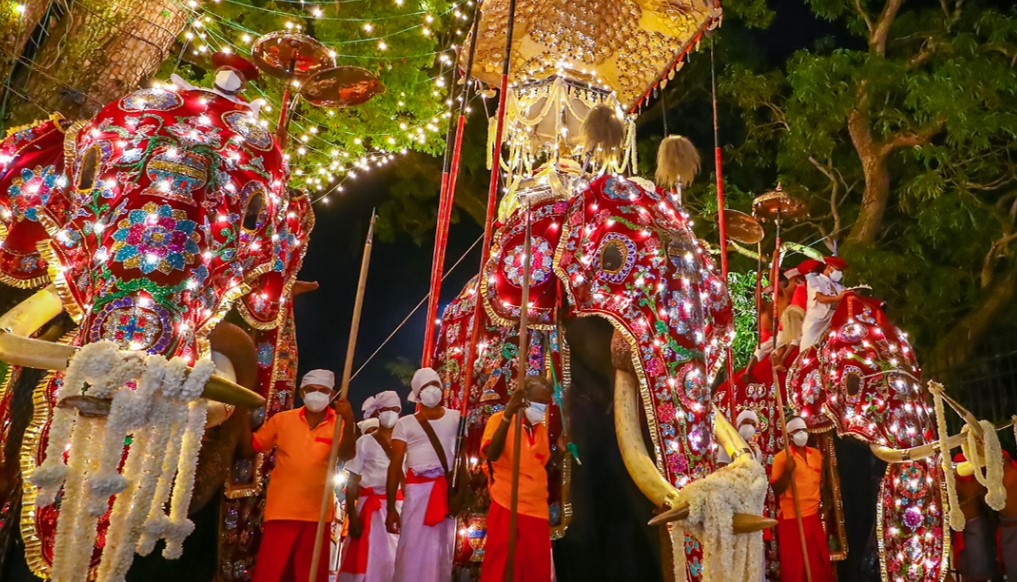
Historical Origins of the Festival
The Esala Perahera finds its origin tracing back over more than 2,000 years, syncretizing from Hindu as well as Buddhist tradition over time. Esala celebrations were initially related to rituals asking for rains and agricultural fertility. After the advent of the Sacred Tooth Relic in the 4th century CE from India brought by Princess Hemamala and Prince Dantha, the Perahera gradually evolved to a Buddhist religious procession.
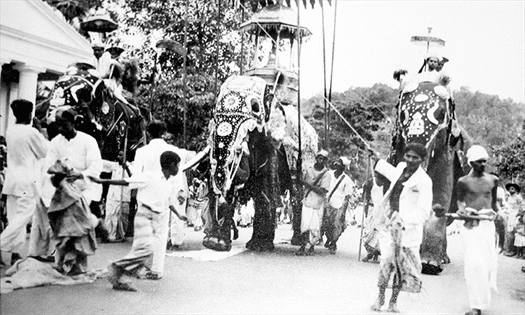
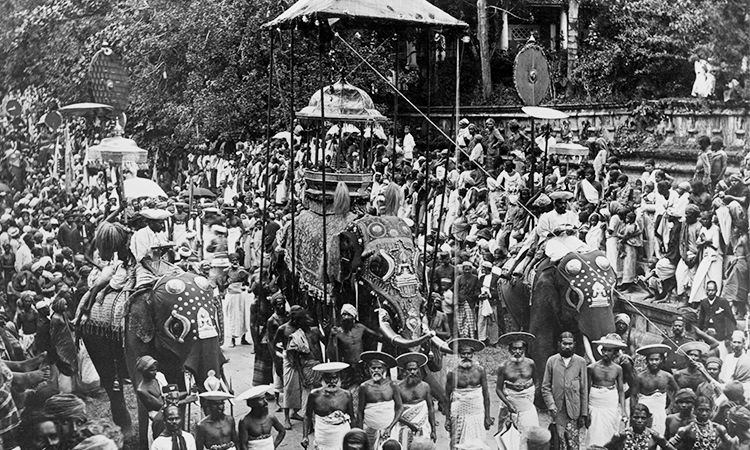
It received its modern form under the Kandyan Kingdom, and most particularly under King Kirthi Sri Rajasinghe (1747–1782). The king institutionalized the festival as a means of celebrating the Sacred Tooth Relic, symbolizing the divine right of the king to rule. It has since remained a national annual event of religious wonder and royal splendor. Structure and Perahera duration
The Esala Perahera is ten nights long, ending in a final procession show in the last night known as Randoli Perahera. The three major phases of the festival are:
Kumbal Perahera (First five nights), Randoli Perahera (Last five nights),Diya Kepeema Ceremony (Last ritual at the Mahaweli River)
The early nights have smaller but more intimate parades, but the later days get more royal, having hundreds of performers and tusker elephants whose grandeur is draped in glittering garments and lights.
The Procession: A Moving Spectacle
At the heart of the Esala Perahera is the nightly procession along the streets of Kandy, with religious passion, cultural heritage, and traditional craftsmanship. Thousands of spectators line the streets every evening to witness the spectacle.
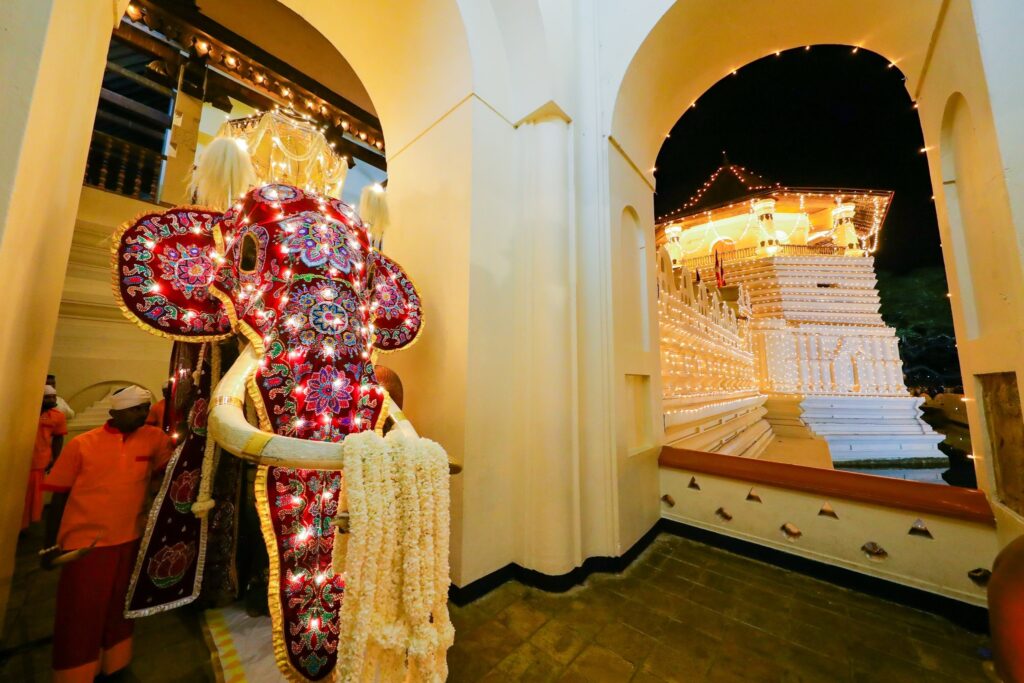
The chief features of the procession are: The Sacred Tooth Relic Casket: Led by the majestic Maligawa Tusker, this ornately adorned elephant, replica casket carries a duplicate of the original relic that is stored in the Temple of the Tooth for security.
Elephants: Dozens of elephants with elaborately clothed garments lead the procession. The front tusker is picked on the basis of his size and calm temperament and is made to undergo certain rituals of cleansing.
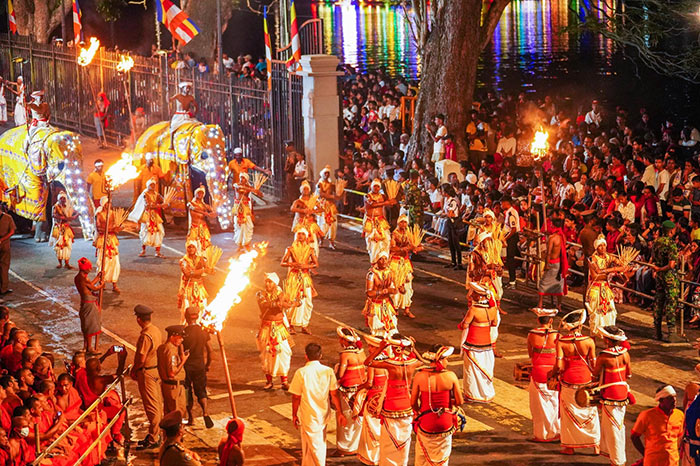
Whip Crackers: They lead the parade with crackers resounding through loud bursts, making way and announcing the procession of the sacred procession.
Dancers and Drummers: Kandyan traditional dancers, fire dancers, and drummers surround the air with rhythm and vitality. Each performance style Ves, Naiyandi, Udarata, and Sabaragamuwa illustrates diverse cultural origins.
Torchbearers: With blazing torches in hand, they light the way for the procession, creating a captivating glow in the nighttime scene.
Peraheras of the Devales: Processions of all four devales (shrines) of Kandy Natha, Vishnu, Kataragama, and Pattini also participate. They show the multi-religious makeup of Sri Lanka’s history.
Religious Significance
The Esala Perahera is not simply a cultural parade; it is an act of religious devotion. It is an opportunity for Buddhists to pay homage to the Buddha and celebrate his teachings. The Sacred Tooth Relic, which contains within it the Buddha’s spirit, is revered as a national symbol of security and prosperity.
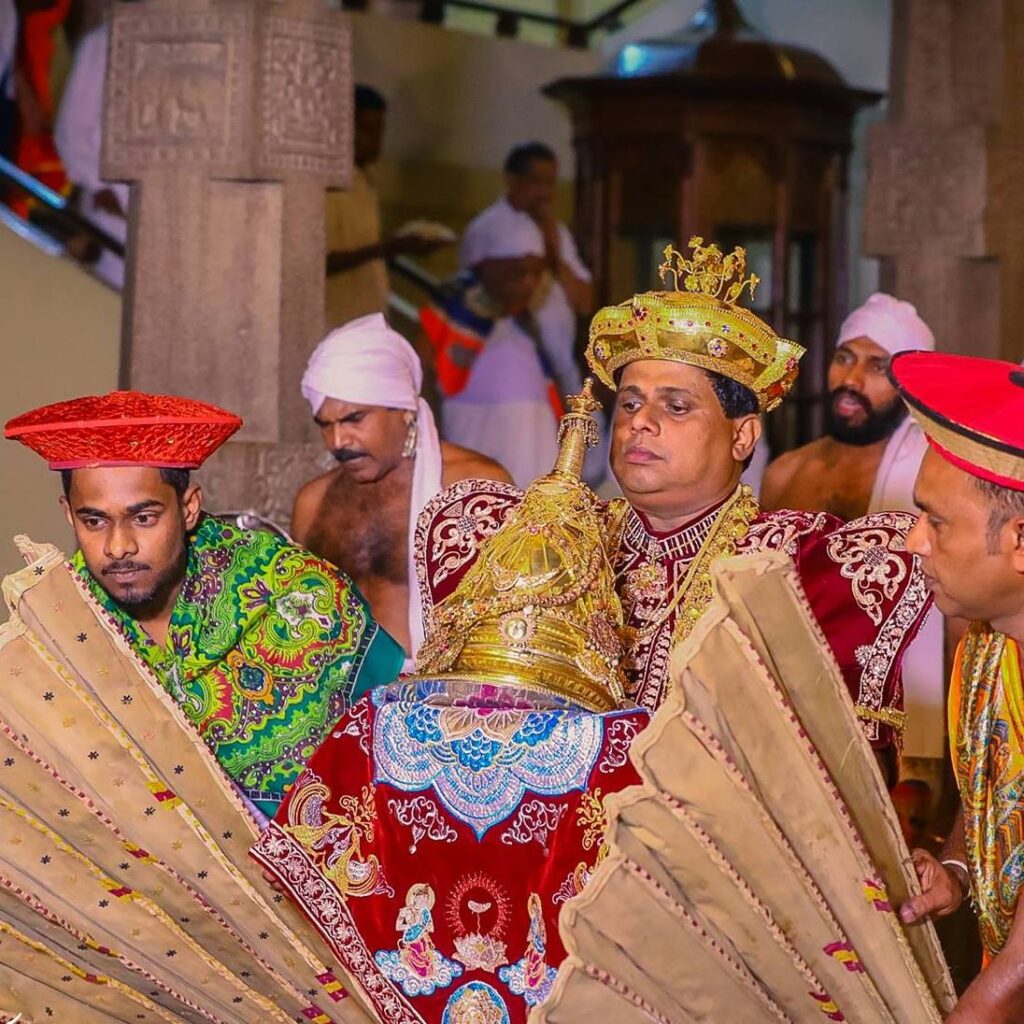
The Perahera ceremonies are elaborate. Before each procession, there are the special pujas (offerings) performed. The Kap Situweema ceremony is the formal start, where a young jackfruit tree is planted in all the devale, symbolizing growth and divine presence.
The final day is preceded by the Diya Kepeema or “water cutting” ritual performed at the Mahaweli River. Water is ritually cut with a sword to cleanse the land and usher in prosperity. The ceremony heralds the end of the Perahera and the beginning of blessings for the forthcoming agricultural cycle.
Cultural and Artistic Significance
Esala Perahera is an energetic heritage museum of Sri Lanka. It offers some of the island’s most ancient forms of art, including:
Kandyan dance, which is passed from teacher to student over generations. Arts of drumming like Geta Bera and Dawula Bera. Costume and textile skill, as seen in the elaborate dresses danced by dancers and elephants.
The festival also serves as a mass participation opportunity, where the artists and organisers are typically from families that have been taking part generation after generation.
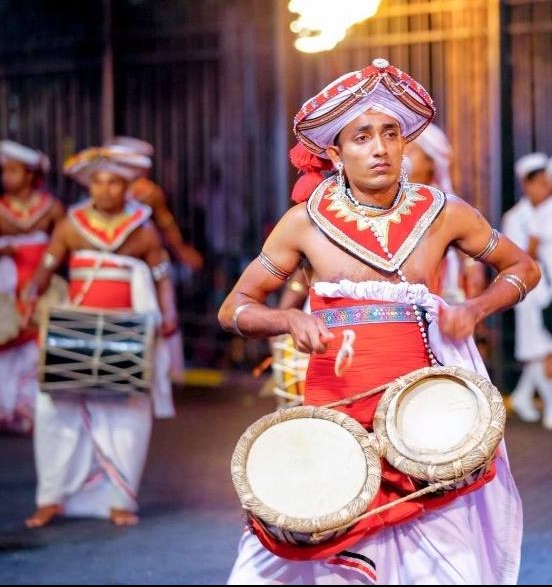
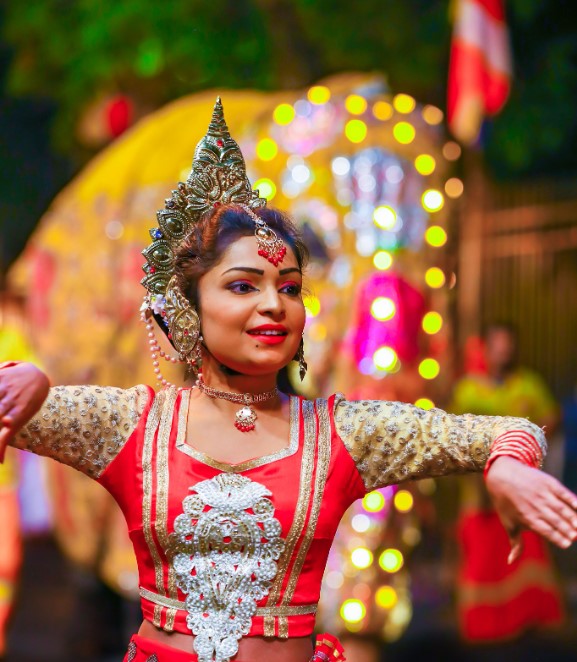
Modern Significance and Global Interest
Today, Esala Perahera is a global travel destination, welcoming thousands of visitors annually. World photographers, documentary filmmakers, historians, and spiritual pilgrims visit Kandy to witness this unique celebration.
Despite modernization, the Perahera remains pure and disciplined in its traditional essence. No commercial sponsors or advertisements are found on the procession path. Mobiles, flash, and noisy distraction are avoided to ensure that the sacred atmosphere of the festival can be preserved.
The Sri Lankan government, as well as the Kandy Buddhist clergy, ensures the festival is operated with utmost respect for tradition while guaranteeing safe and accessible facilities for foreign tourists.
Challenges and Preservation
As with any cultural festival, the Esala Perahera has also experienced issues in recent years, such as: Crowd control and safety
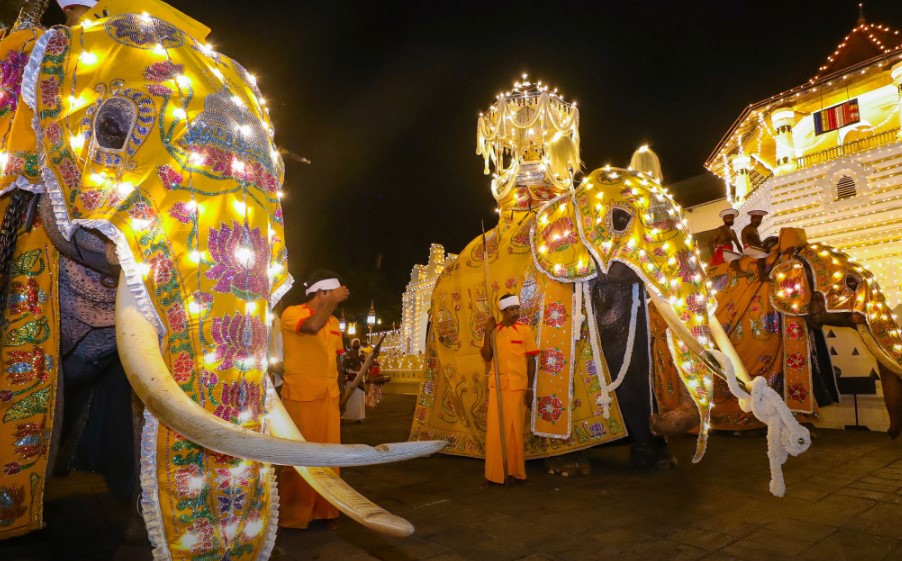
Animal welfare concerns, especially how elephants are treated
Environmental issues and plastic use
Staying traditional yet tourist-friendly
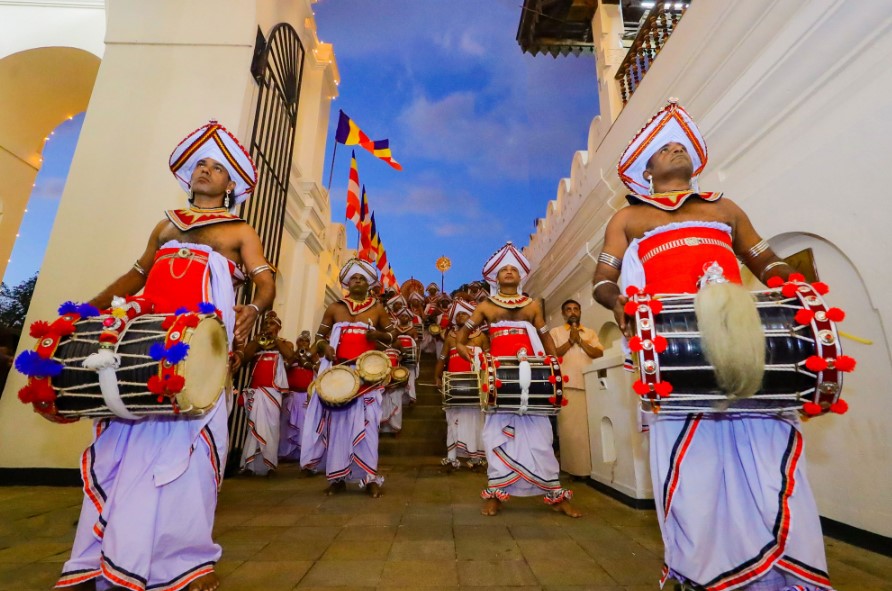
Efforts are being made to address these issues. Animal welfare groups have been pushing for better treatment of the elephants, and a few have even proposed substituting live elephants with mechanical ones in future festivals. Local organizers are also going green and incorporating security features to make the festival more eco-friendly.
The Esala Perahera of Kandy is more than a festival, it is a national treasure, religious expression, and symbol of unity. It brings people from all parts of society together to celebrate the teachings of the Buddha, pay homage to age-old traditions, and witness the artistic splendor of Sri Lanka’s heritage.
Each year, with the flickering torches along the ancient streets and the holy casket carried aloft on a regal tusker, the world is reminded by the Kandyans that beauty, tradition, and religion are powerful enough to move hearts and ignite generations.
Day – July and August





